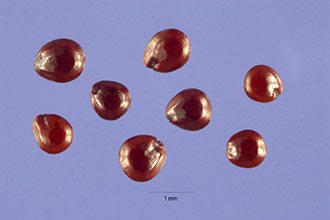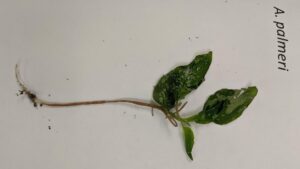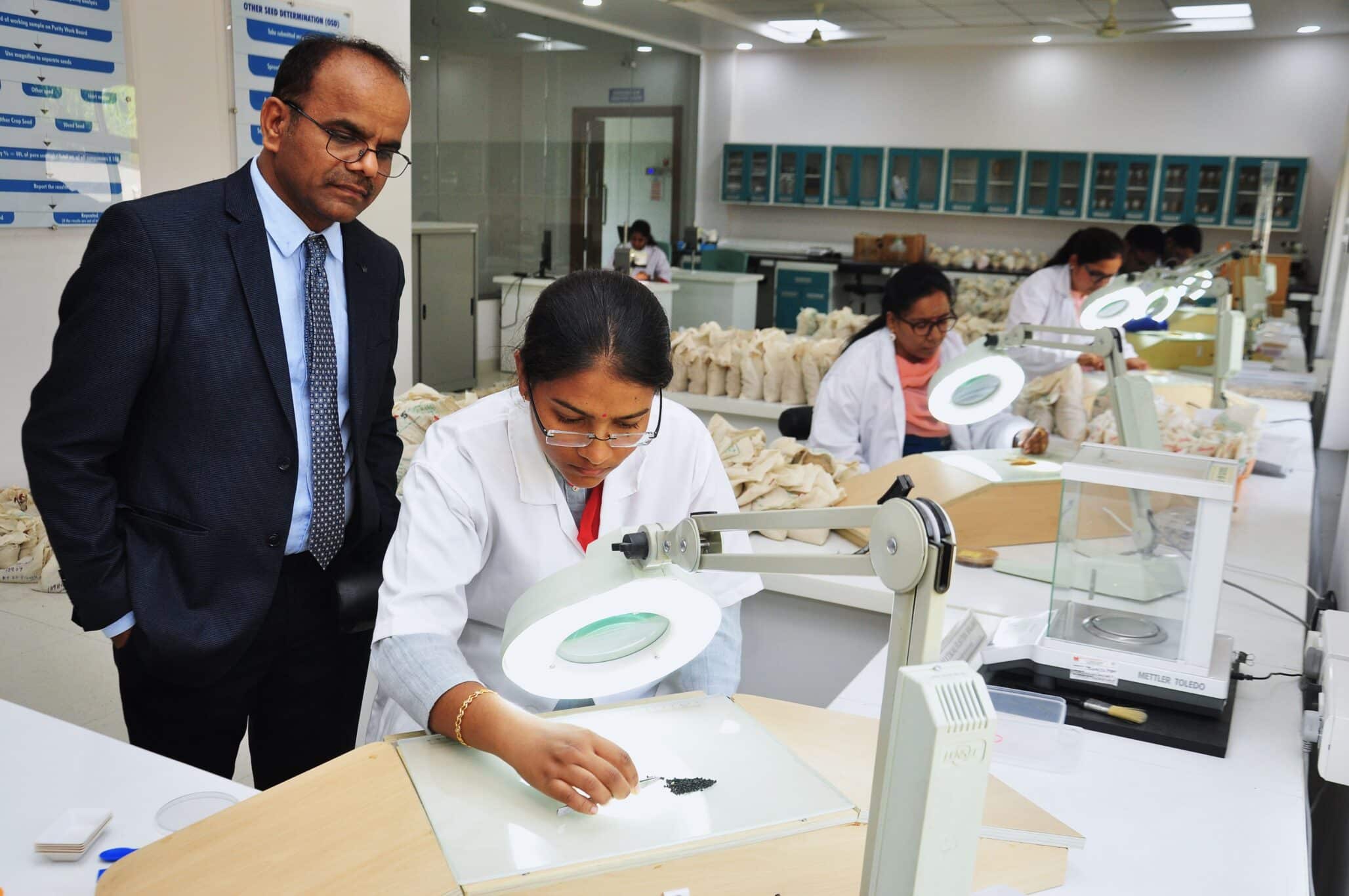The Illinois Crop Improvement Association announced that Pat Tranel, a University of Illinois molecular weed scientist in the crop sciences department, and graduate student Brent Murphy have developed a way to identify Palmer amaranth DNA from within a mixed seed sample without having to grow the plants or test individual amaranth seeds.
“It all takes a long time, and sometimes the seeds don’t germinate during the test,” Tranel says. “Alternatively, there’s a company that will test individual seeds using DNA sequencing, but they’re charging $100 per seed. It’s not cost-effective.”
The assay, which uses a method known as quantitative PCR, can detect genetic variations unique to Palmer amaranth even when flooded with samples from closely related species, including waterhemp.
“Palmer, redroot pigweed, waterhemp, they all have tiny black seeds that basically look the same. We needed a way to efficiently extract DNA from pooled seed samples and, if it’s present, identify Palmer,” Tranel says.
This type of testing brings the ability to test for Palmer amaranth to every stage of the seed cleaning process.
It is not uncommon to find hundreds of amaranth (pigweed) seeds in an unclean or raw seed sample taken just after harvest. Testing of hundreds of individual seeds is expensive. This expense makes cleaning the lot prior to testing more attractive. After the lot is cleaned, packaged and ready for sale a sample is submitted and any remaining pigweed seeds can be tested. But with the new bulk method, testing prior to cleaning makes more sense.
Diane Plewa and Elizabeth Phillippi at the U of I Extension Plant Clinic optimized the test for routine commercial use and up to 100 pigweed seed can be tested for $50.
Doug Miller, CEO of the Illinois Crop Improvement Association, applauds the development of the test.
“I would want to test all of the pigweed seeds found in the raw seed sample,” says Miller. “In my opinion, the raw sample would better represent what species were present in the seed producer’s field.”
He adds that one or two pigweed seeds from a sample drawn from a cleaned seed lot are survivors of a larger population originally in the seed lot. This finished sample is representative of the seed lot that is for sale, but with the new bulk test a more powerful test can be routinely used pre- and post-cleaning.
The Illinois Crop Improvement Association created a blind sample set for final validation of the method. The Plant Clinic results were a 100 percent match, identifying Palmer amaranth from three different sources at different levels within each pigweed sample.
With that kind of detection ability, the assay can also be used to estimate the percentage of pigweeds that are Palmer amaranth by using a statistical calculator such as SeedCalc. Two pools of 100 pigweed seeds each, one negative and one positive for Palmer amaranth, would indicate that Palmer amaranth is approximately 1.5 percent among the pigweed seed in the lot using a confidence level of 95 percent.
The Illinois Crop Improvement Association will continue to offer the growout method as well as the option to outsource the single seed assay but suspects these methods will be eclipsed by the new bulk seed method. Samples for purity can be submitted to the Illinois Crop Improvement Association for separation of the pigweed seeds. Alternatively, previously separated pigweed seed samples can be submitted directly to the U of I Extension’s Plant Clinic.













